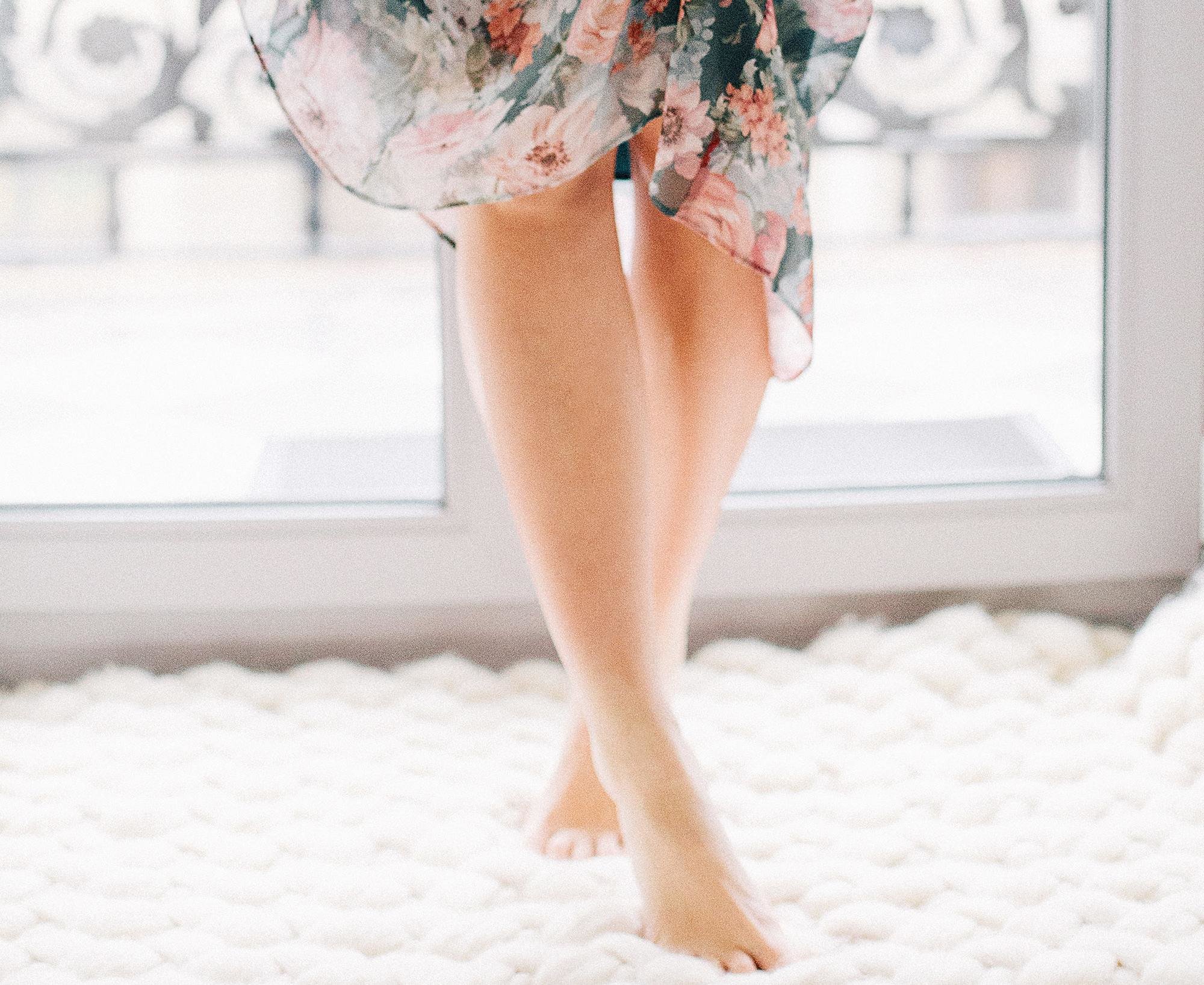I could barely walk.
My right hip felt so stiff and achy, when I took a few steps I was all wobbly and sideways.
I’d just done a restorative yoga class the day before (yes, this was months ago pre-current restrictions). Oh, and a yoga dance class the day before that.
But surely, surely that wasn’t enough to stiffen up like this?
Restorative yoga classes (one of my faves btw!) are practically spent lying on the floor with blankets over you. And the one I’d just done the day before was spent on the floor, with blankets, and with gentle massages of your feet and arms. Hmm. Not exactly “worthy” of the aches and pains I was feeling the next day.
I started making a mental note as I hobbled down the hallway trying to ease the stiffness and get my body moving for the day.
When was the last time I’d really moved my body like that? Or stretched my body in that way? Or even allowed myself to pause and fully surrender into the ground?
It had been weeks. Months if I was counting more regular movement. (The weeks had been sporadic). I’d kept up my walking but I was grasping to remember the exact last day I’d been on a yoga mat. Or dancing.
It used to feel so good!
When you stop working out your muscles, it takes time for them to get used to the movement (or stretching) again.
And, they tell you all about it by feeling stiff and achy the next day.
While I couldn’t really believe all it took was some rolling around on the floor to feel this locked up, it did make sense. I’d lost some muscle strength. My body had forgotten what it felt like to move and surrender in that way.
Which is exactly how I think of our minds and hearts too.
When we stop working them out, they forget how to be for us. The mind left alone will revert back to its old ways (and that can mean really old ways, like caveman era of pure survival).
When we stop doing things that feel a little uncomfortable, embarrassing, or challenging – we forget how.
The first time feels like more hard work. The day after we feel it more.
But it doesn’t mean it lasts. We all know that the more we “work out” (whatever your version is) the better it feels and the stronger we get.
Joy is just the same.
It’s a muscle.
You have a joy muscle too.
The more you work it out, the stronger it gets. And the more you work it out, the more it remembers how to perform in your life.
When I talk about cultivating more joy in your life, I’m not talking about a checklist of things you “do” and then you’re done.
Just because I went to lots of yoga classes in the summer, doesn’t mean that feeling is going to last all throughout the winter.
However, it does mean there’s some muscle memory.
My body will remember where to go. It’ll just need some loosening up to get there.
Same with joy. The more you practice it, look for it, cultivate it, feel it – the more it will show up with ease in your life.
The more you will be able to reach for it on those stressful days. Because it feels familiar.
How will you start working out your joy muscle today?
First published on www.thedaisypatch.co.uk/blog.


